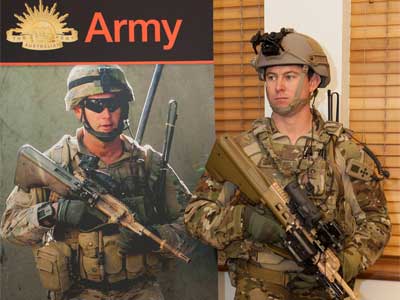Land personnel protection

The Land Personnel Protection (LPP) branch of Land Division is responsible for developing, sustaining and applying specialist skills and domain knowledge in technical, analytical and experimental methods relevant to personnel protection and chemical biological and radiological (CBR) situational awareness.
This includes expertise in ballistic and blast physics, camouflage, composites, textile materials, armour systems, bio-surveillance, sensor networking, plume modelling and radiological defence.
The capability provides hazard assessment, training, advice, analysis and support to operations and acquisition programs. The capability also conducts basic and applied research in support of its programs.
Hazard assessment and radiological defence
The LPP branch leads the application of hazard assessment and modelling of CBR threats and the provision of advice to assist with hazard detection, mitigation and consequence management. This capability is built around a core skillset of physical, mathematical and computer sciences.
Areas of expertise include dispersion modelling, sensor networking, data fusion, aerosol science and radiation detection.
This capability provides analysis, advice and training as well as support to operations and acquisition programs in relation to CBR hazard assessment and radiological defence. The capability has a significant number of partnerships at the national and international level, including: the CBR Memorandum of Understanding (MOU), CSIRO, Academic institutions, Special Operations Command and National Security Agencies.
Integrated personnel protection
The LPP branch leads the application of evidence-based integrated enabling research and experimentation for the protection of mounted and dismounted personnel.
Science skill sets: ballistic, blast mechanics and development of composites and textile materials and armour systems (including specifications and standards), personnel vulnerability modelling, signature management development and assessment, textile treatments and properties, battle damage assessment of personnel and vehicle systems, energy materials and power sources.
The capability leverages heavily off a broad range of national and international partnerships.

